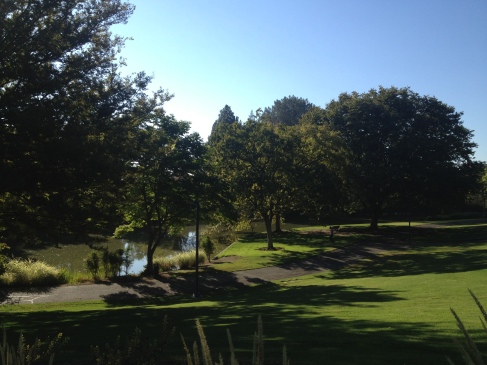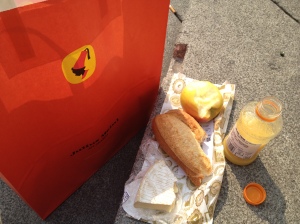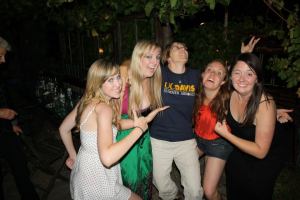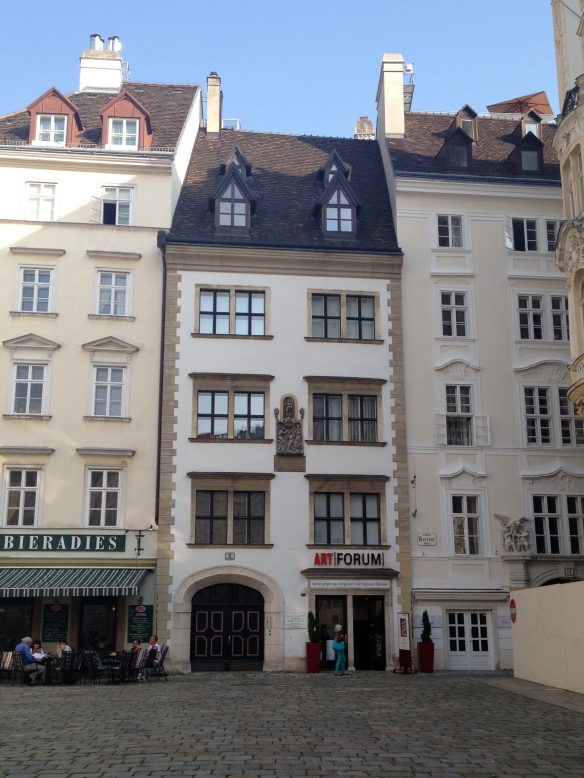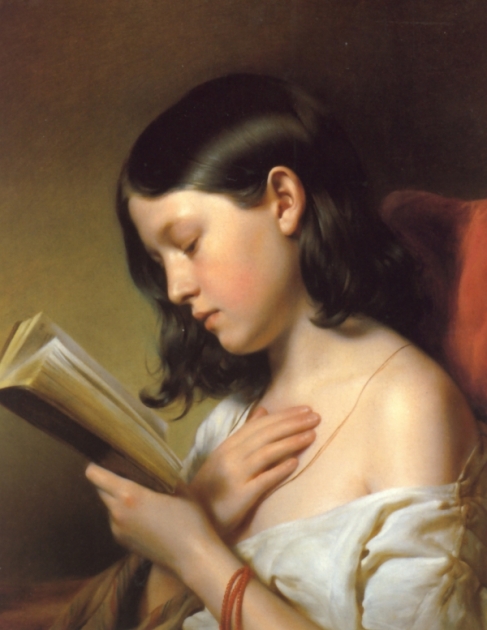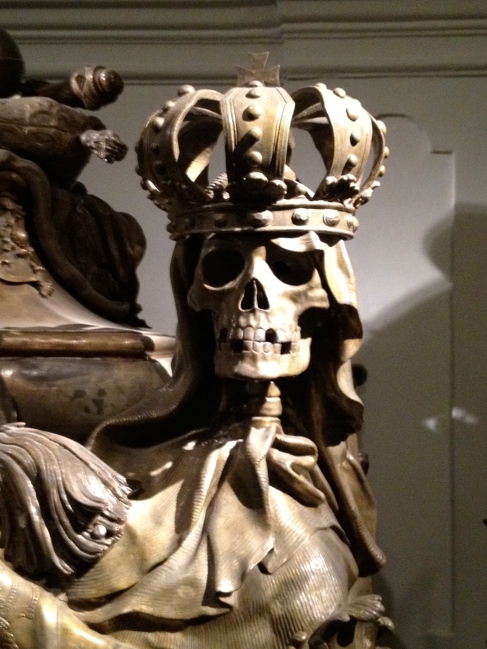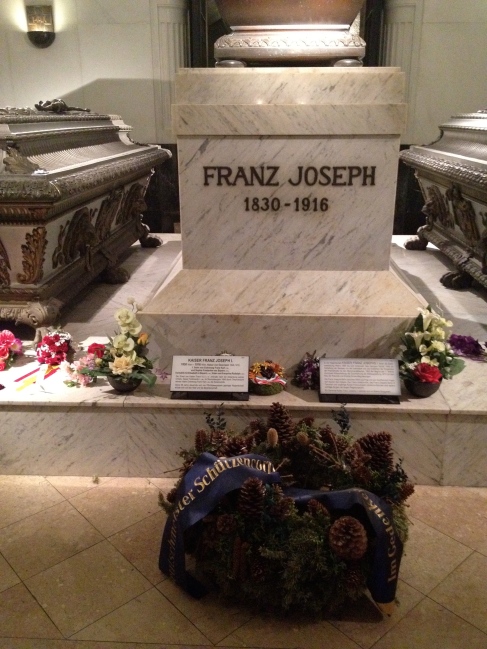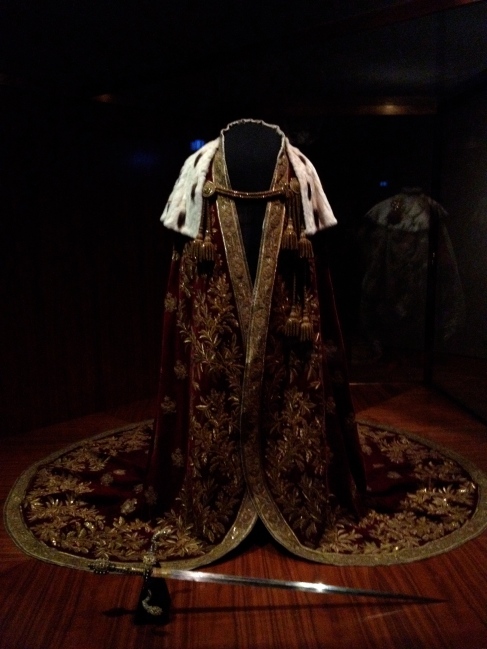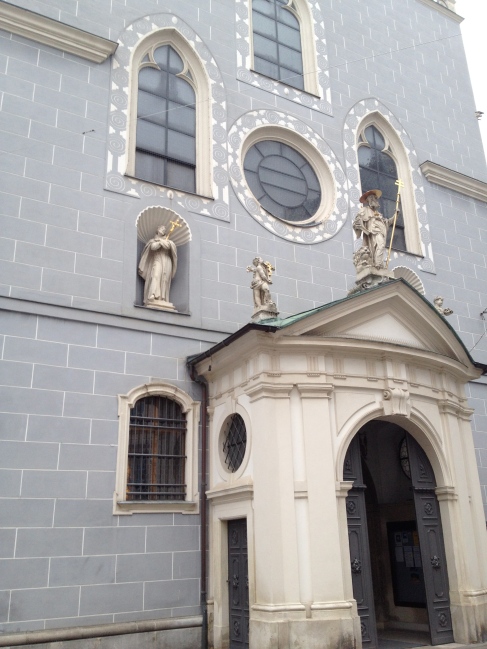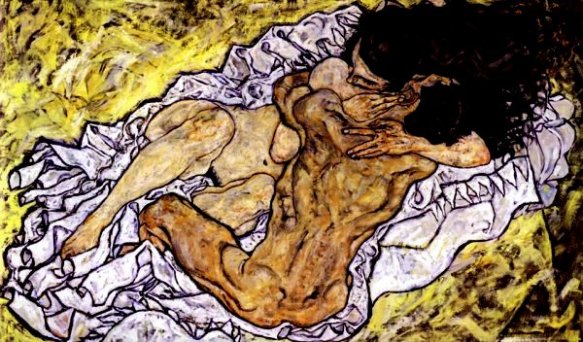Excuse the title; I was listening to the Sound of Music soundtrack earlier today, so the songs are on my mind. However, it’s true: the subjects of this blog, wine and TAL, are two of my favorite things.
Jenna, Juliet, Pilar, and I have really taken to the weiss wein here in Vienna. We’ve tried a few different varietals; however, surprise! the Gruner Veltliner is our favorite by far. I find it refreshing – alone and as a base for a Hugo – because it isn’t too sweet like a Riesling, but also isn’t too dry like a Syrah. In essence it is the perfect wine, and so I will be trekking back to the United States with a few bottles.
Secondly, This American Life is a fantastic broadcast that I listen to regularly. It’s a difficult program to describe, but essentially each week there is a theme, the episode is constructed into a number of acts, and each act tells a different story – most nonfiction but some fiction – about Americans. This week, Kathy (the professor for this program) is being featured in the episode! The theme is “Loopholes.” I don’t know anything else about it, but a few of us are staying up late to listen to it live. I can’t wait!

